
SONiC Reality Check: Enterprise Deployments Beyond the Hype
SONiC represents a legitimate alternative for specific use cases and organizations, but it's not the universal solution some marketing suggests. The technology works—Microsoft Azure and other hyperscalers prove that at scale. However, the operational model and skill requirements represent a fundamental shift from traditional networking approaches.
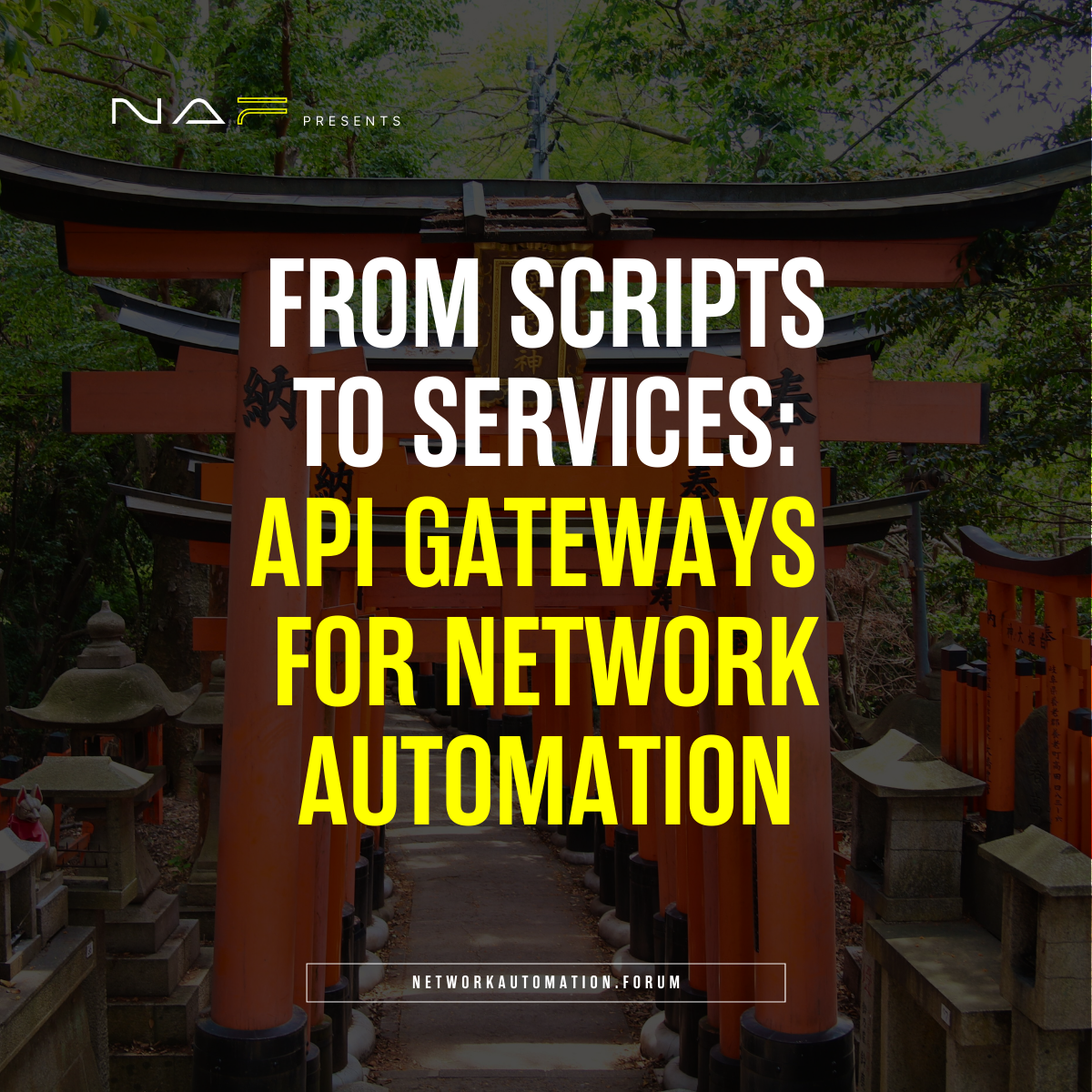
From Scripts to Services: API Gateways for Network Automation
API gateways for network automation aren't revolutionary. They're sensible abstraction that addresses real operational challenges. The key is balancing architectural flexibility with implementation pragmatism. Start simple, solve real problems, and evolve based on actual usage patterns rather than theoretical requirements.
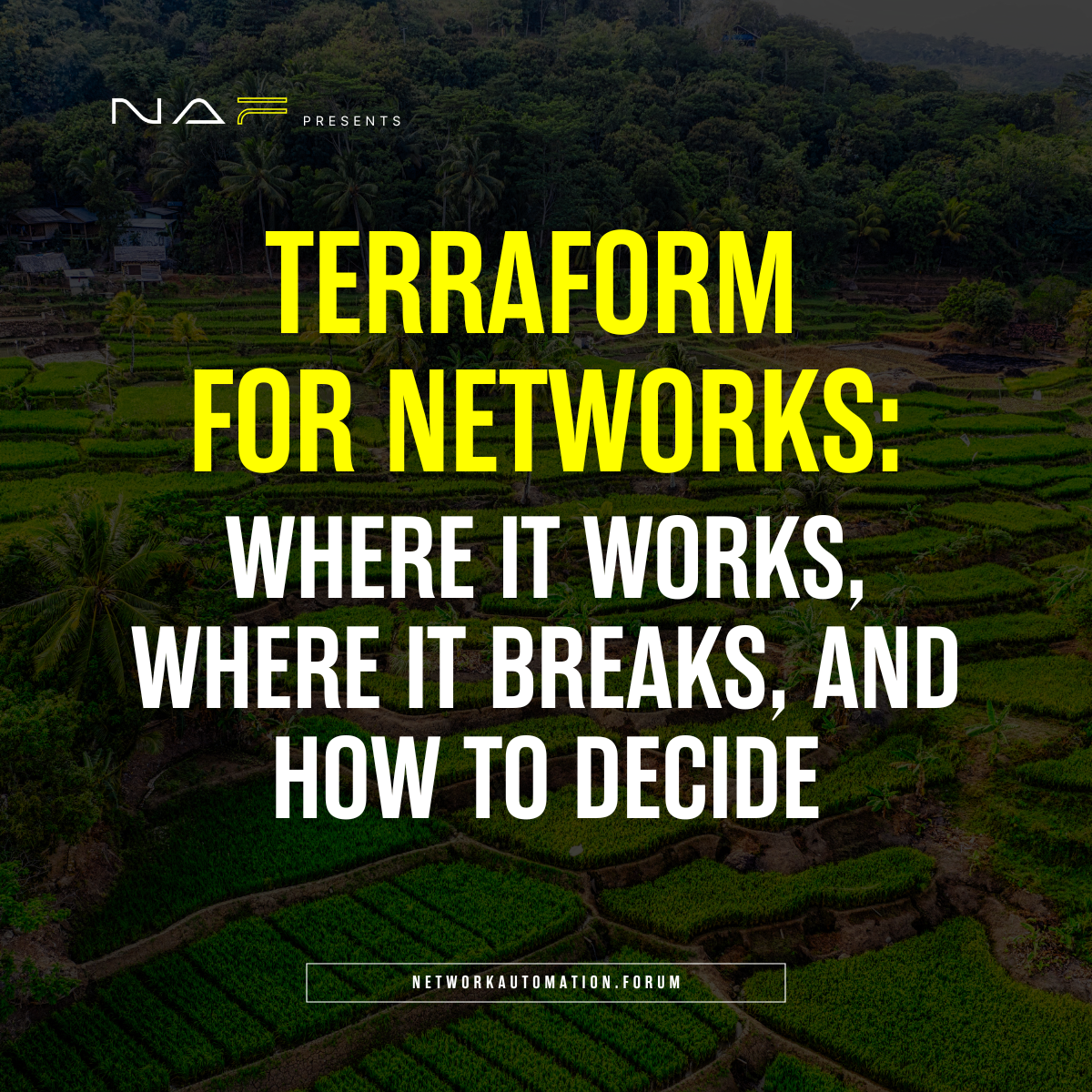
Terraform for Networks: Where It Works, Where It Breaks, and How to Decide
A key insight from this discussion is that many teams end up adapting tools originally designed for cloud and server management to networking contexts. While purpose-built network automation tools do exist, organizations often gravitate toward tools that align with their broader infrastructure practices and skillsets. The key is matching the tool to the specific requirements, constraints, and organizational context of each use case.
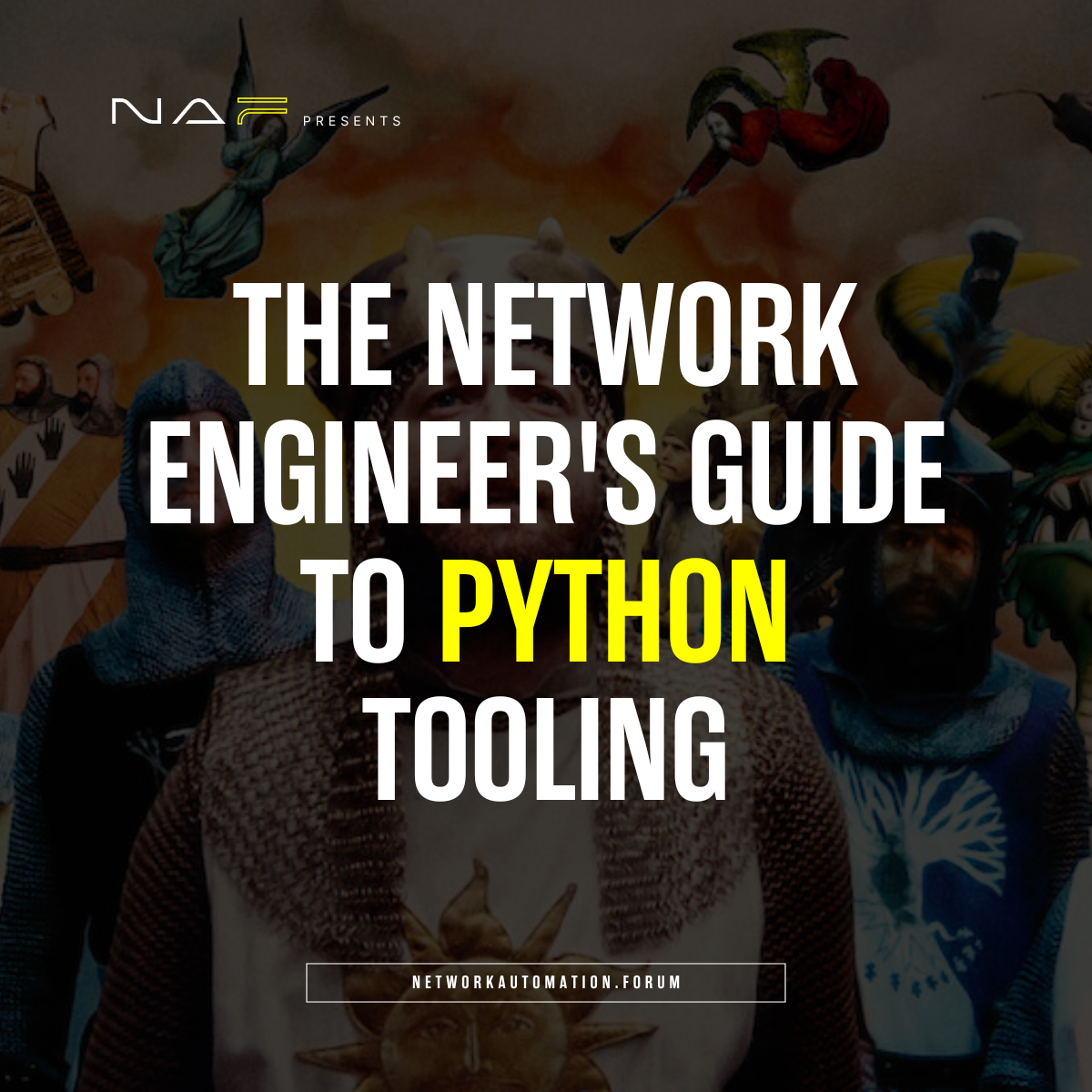
The Network Engineer's Guide to Python Tooling
The "best" Python workflow isn't about using the newest tools—it's about reducing friction for your team while maintaining reliability. Many successful network automation teams use hybrid approaches: modern dependency management under the hood with simple, consistent interfaces on top.
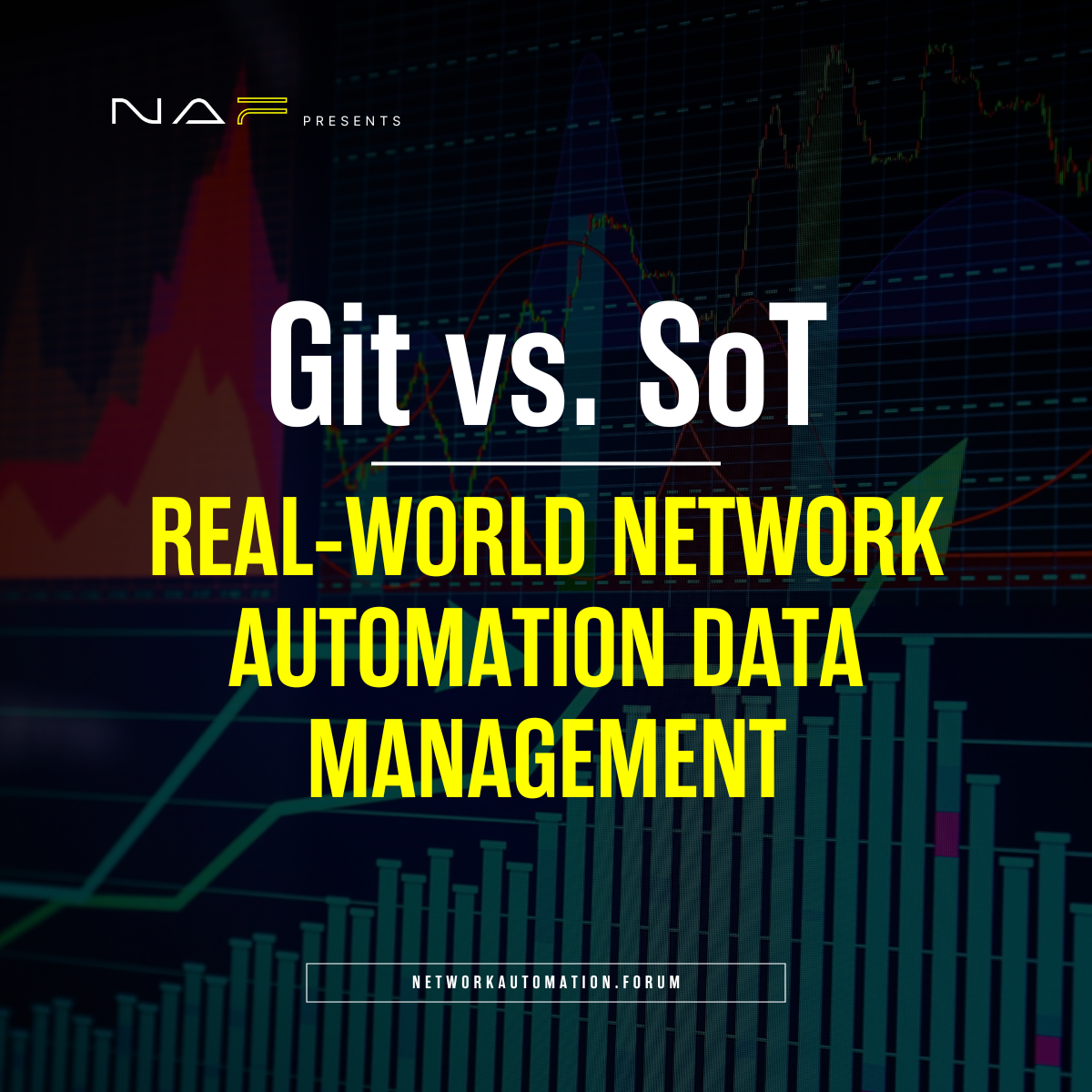
Git vs. Source of Truth: Real-World Network Automation Data Management
The choice between Git and source of truth platforms isn't binary. The best approach often combines elements of both, leveraging structured data management while maintaining the change control and versioning that make network automation reliable.
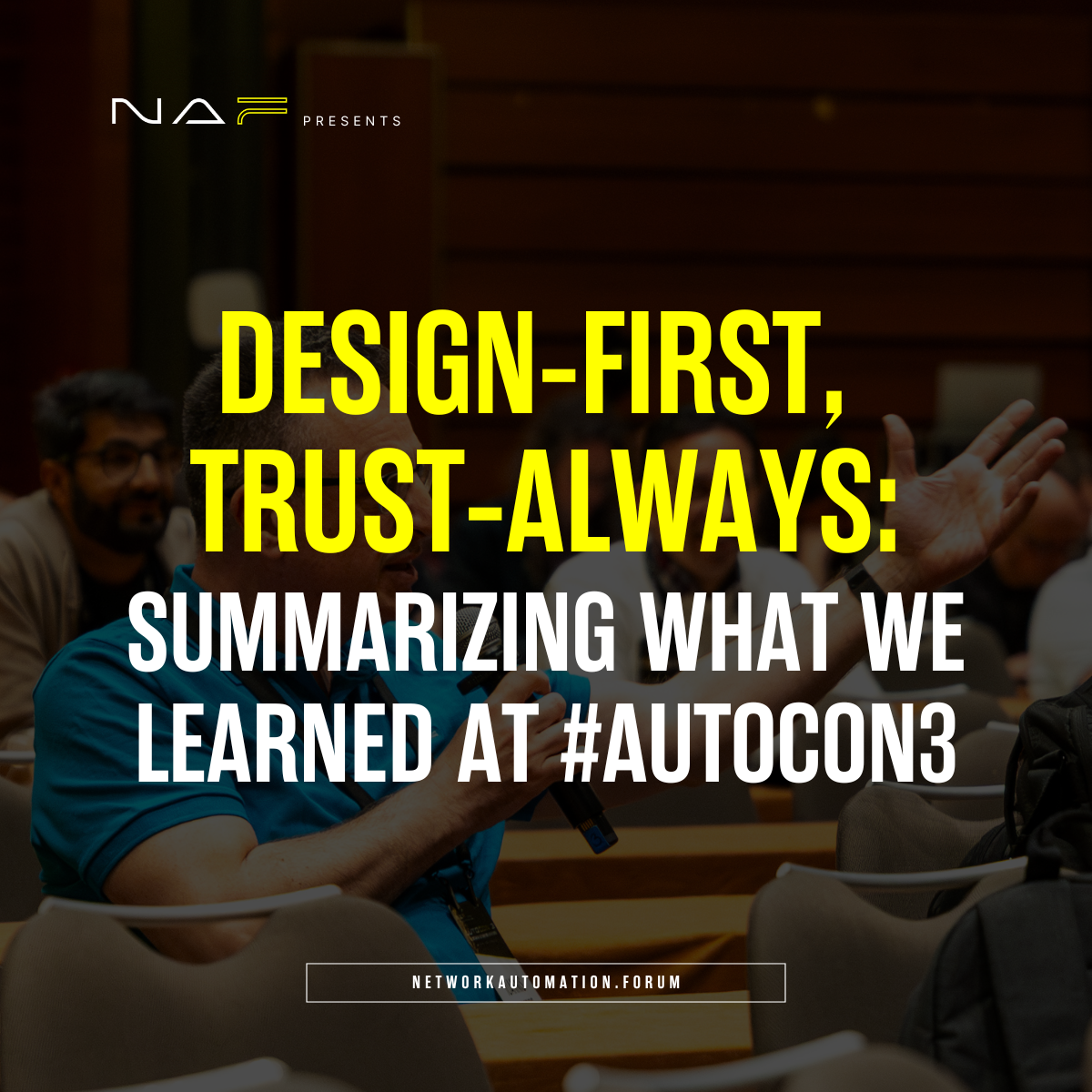
Design-First, Trust-Always: Summarizing what we learned at AutoCon3
AutoCon 3 demonstrated that network automation has evolved from experimental scripts to business-critical infrastructure. But perhaps the conference's most important insight came from recognizing that automation success depends as much on psychology, trust, and user experience as it does on technical correctness.

Fine-Tuning LLMs for Network Configuration Intelligence
Rather than wholesale AI adoption or rejection, Baumann advocated for thoughtful application: understand the technology, identify appropriate use cases, implement with realistic expectations, and validate results.

Security's Missing Link in Network Automation
Network automation without proper security creates systematized vulnerabilities—insecure practices get codified and replicated across infrastructure. Howard's work demonstrates that secure automation isn't significantly harder than insecure automation; it just requires different initial choices and proper tooling.
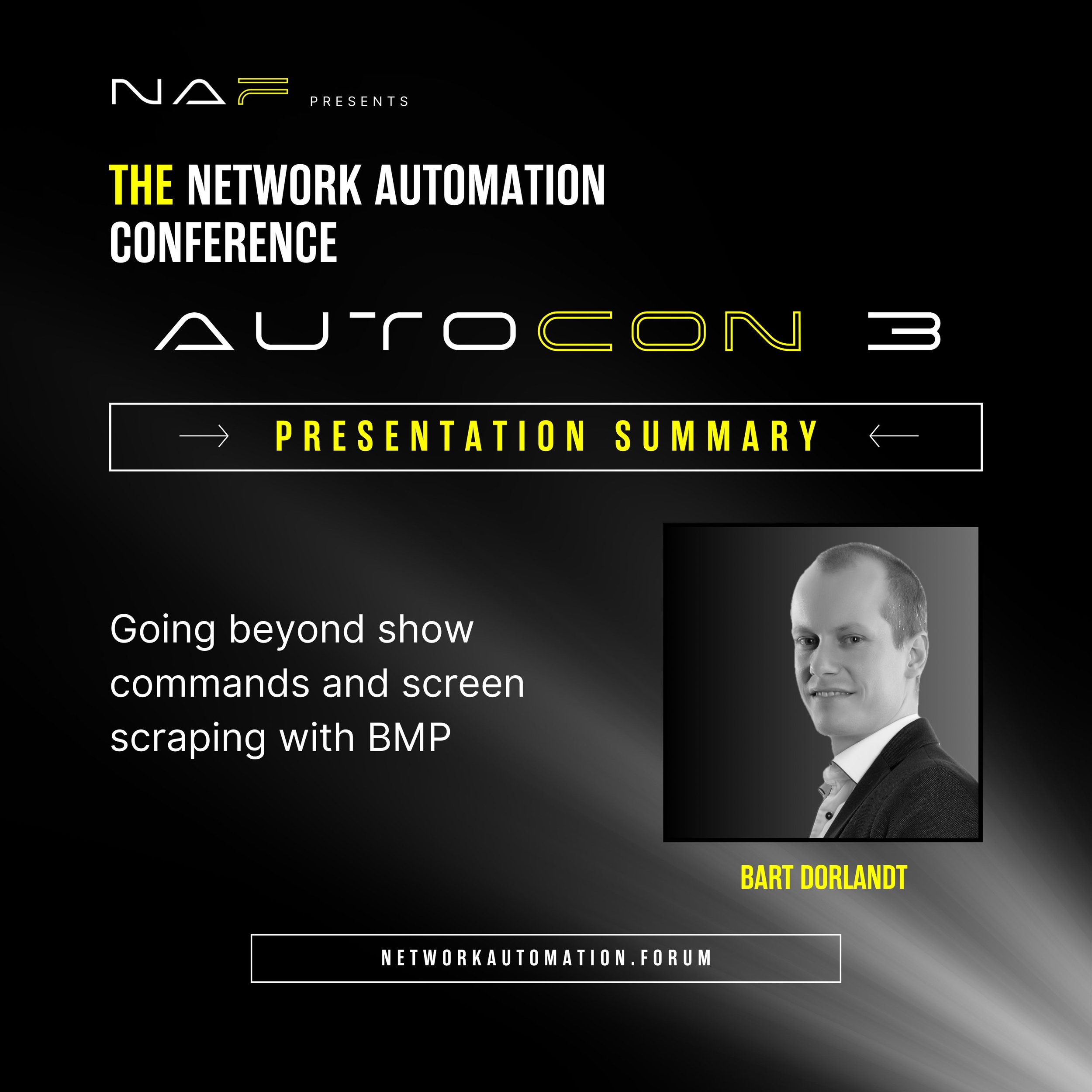
Escaping the Screen Scraping Trap with BGP Monitoring Protocol
Dorlandt's presentation showcased the evolution from reactive (screen scraping) to proactive (push-based) network monitoring. BMP represents a fundamental shift in how we gather BGP intelligence—from resource-intensive polling to efficient, real-time data streams.
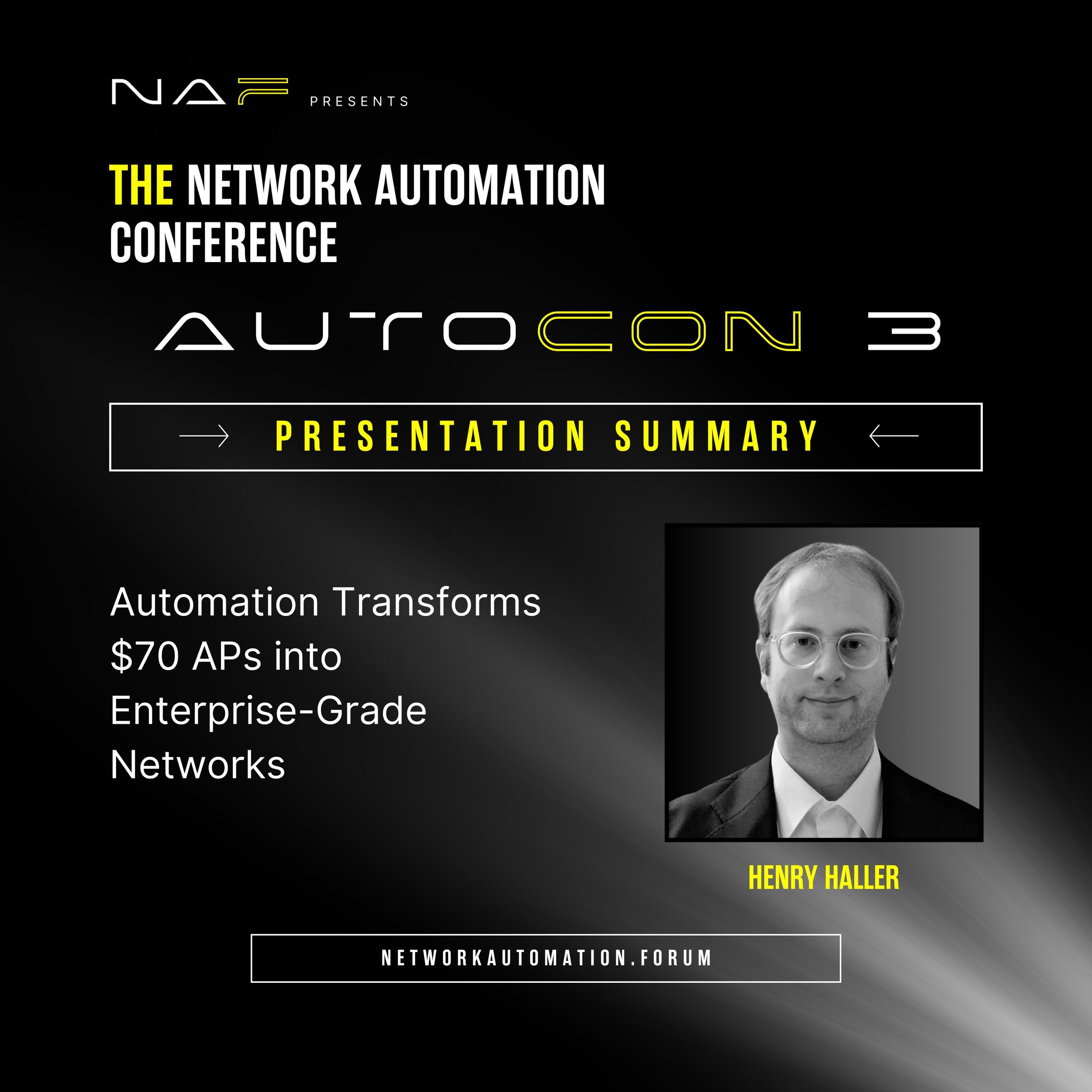
Disrupting Enterprise Wi-Fi with Automation and Open Source
For organizations deploying large-scale wireless infrastructure—hotels, campuses, public venues—this approach offers dramatic cost savings while maintaining enterprise functionality. The key insight: automation doesn't just improve existing operations; it can enable entirely new economic models.

Taming Multi-Vendor SONiC with Abstraction APIs
Saul's presentation addressed a practical challenge many organizations face: leveraging open networking benefits while managing vendor implementation differences. SONiC offers genuine multi-vendor consistency, but abstraction layers become essential for operational simplicity.
